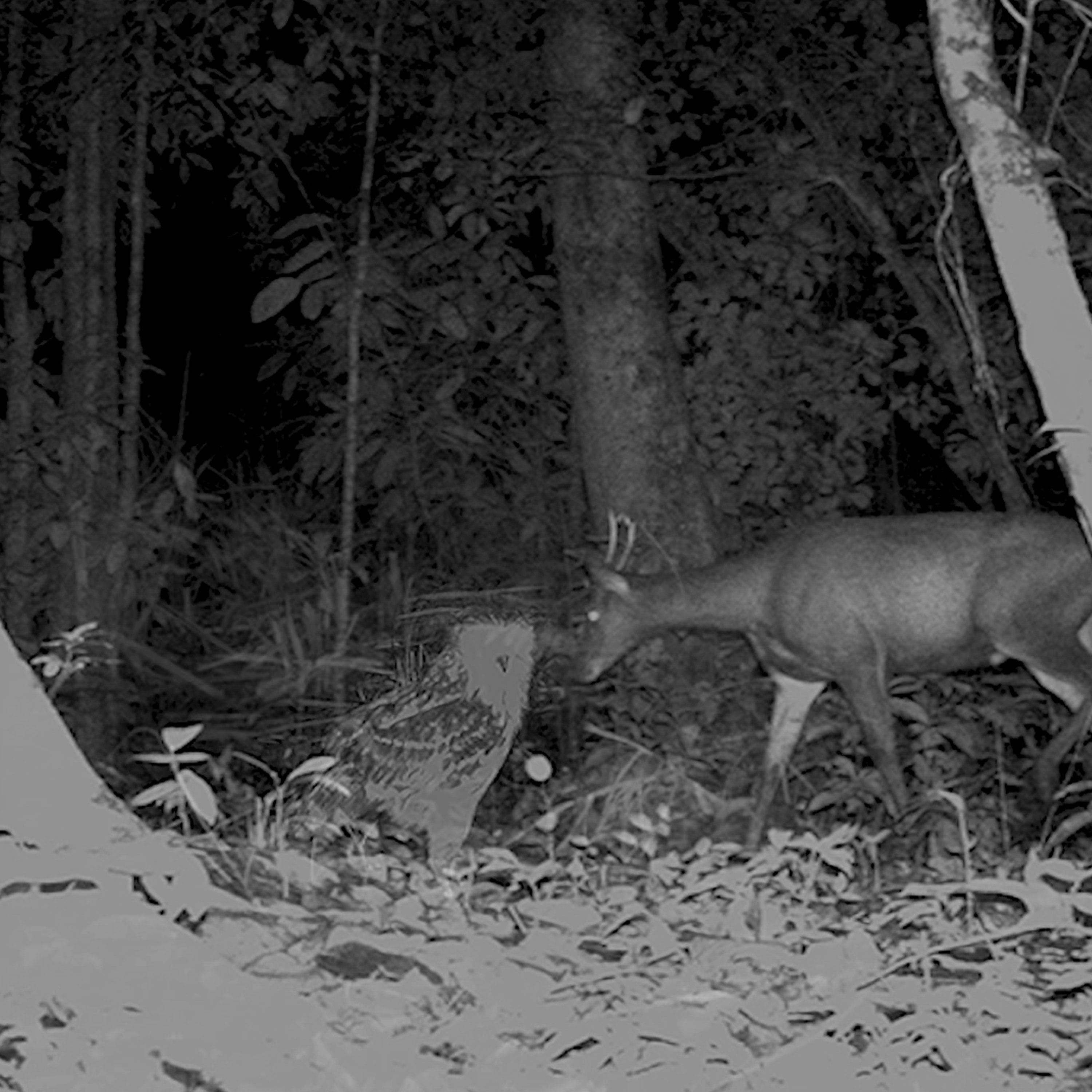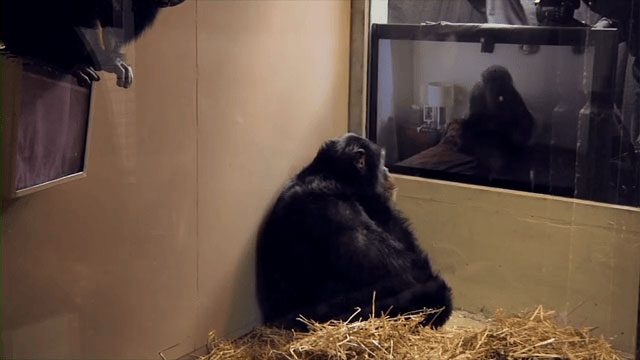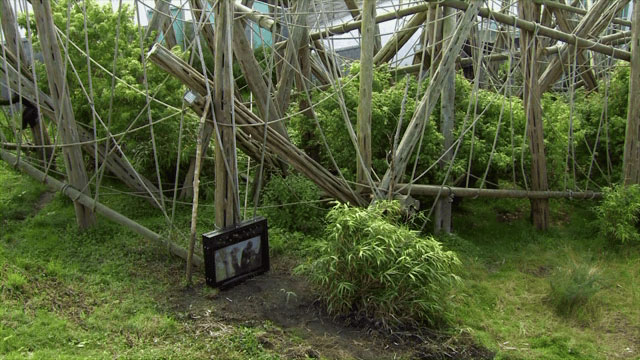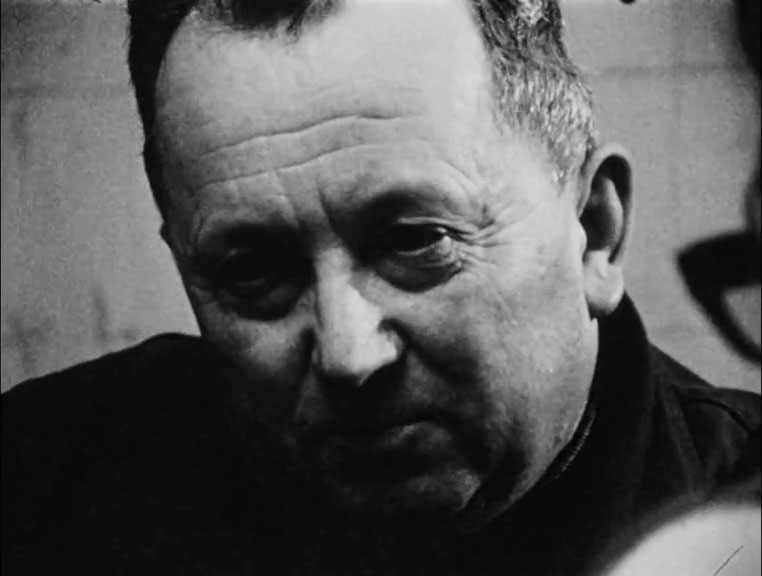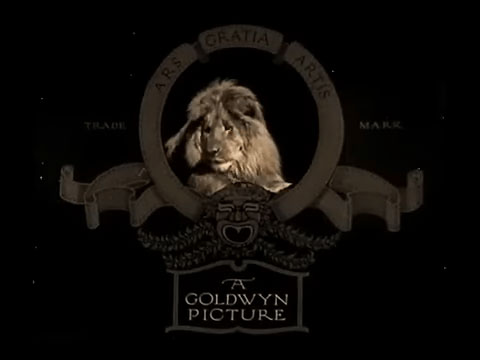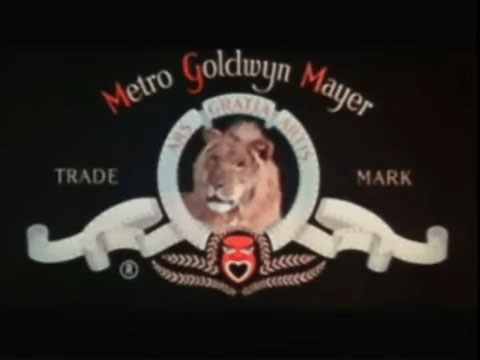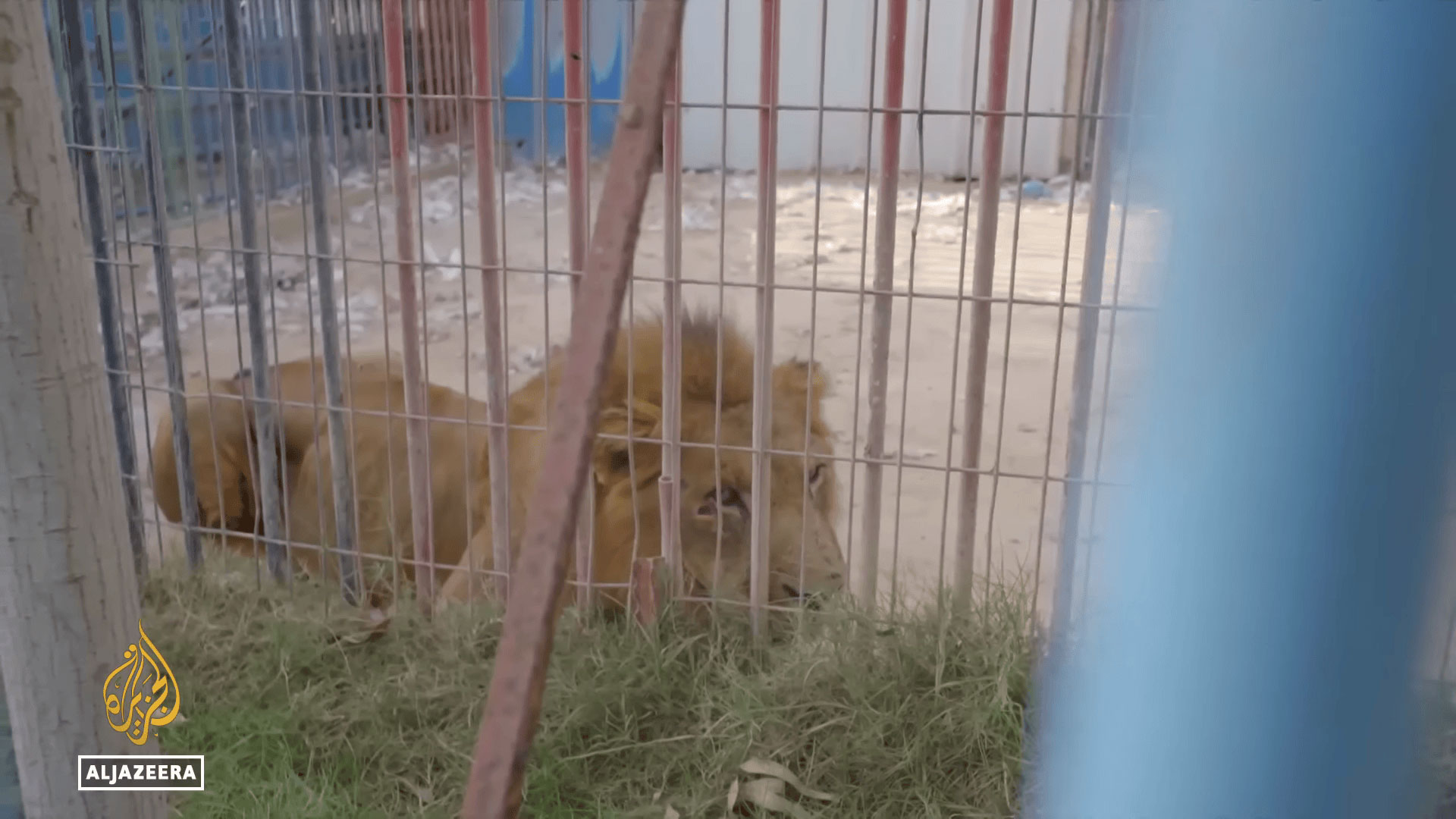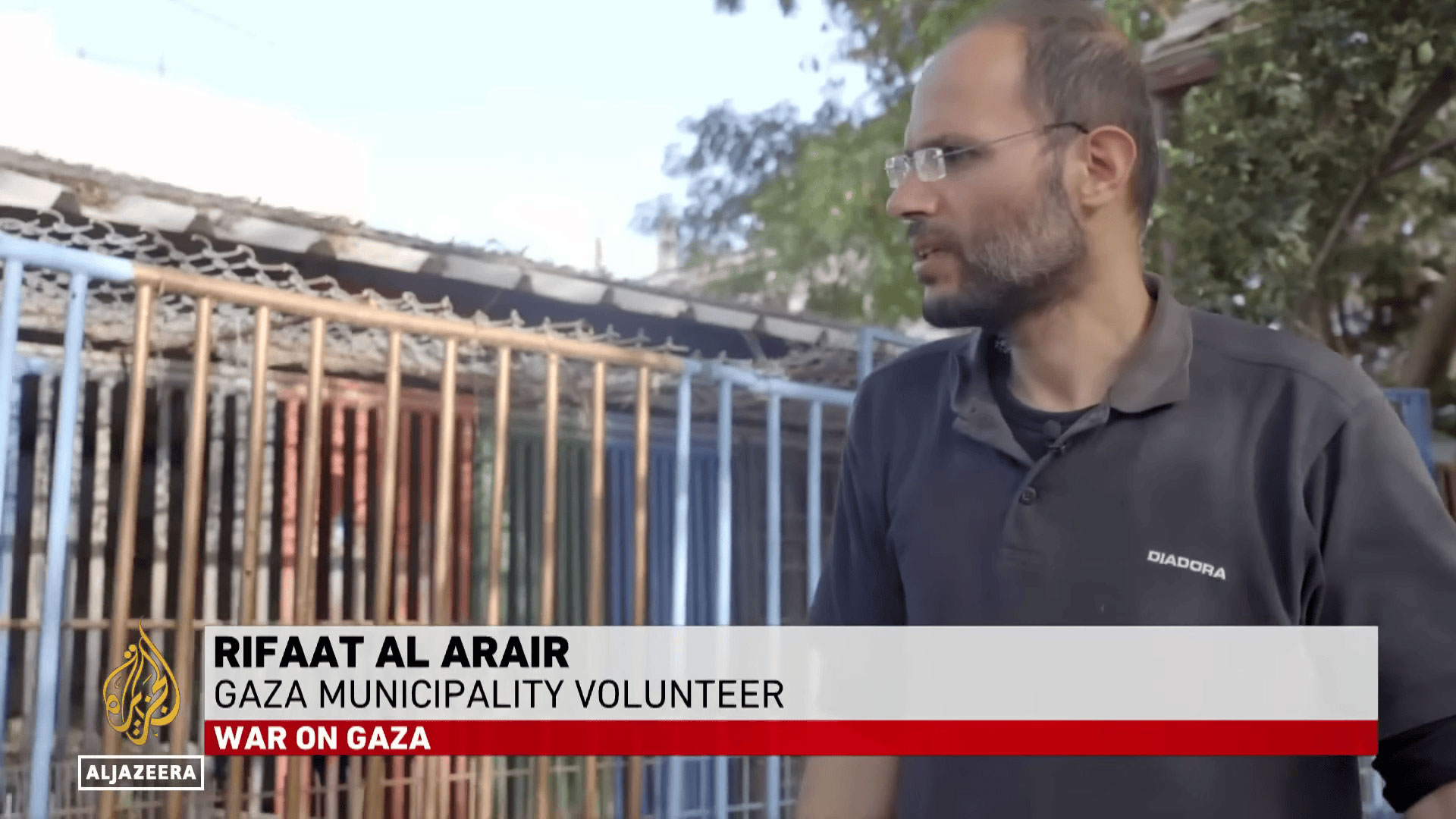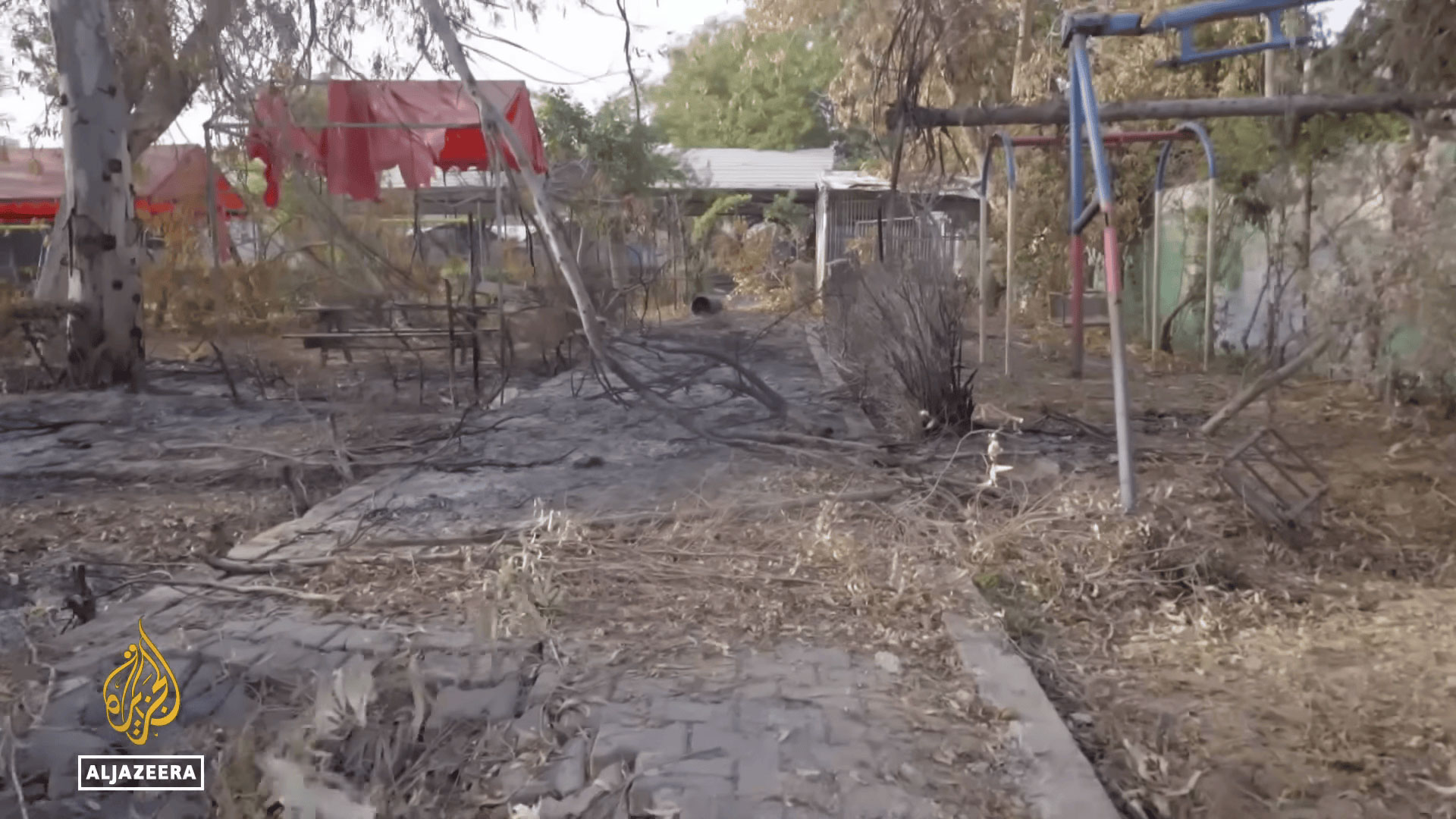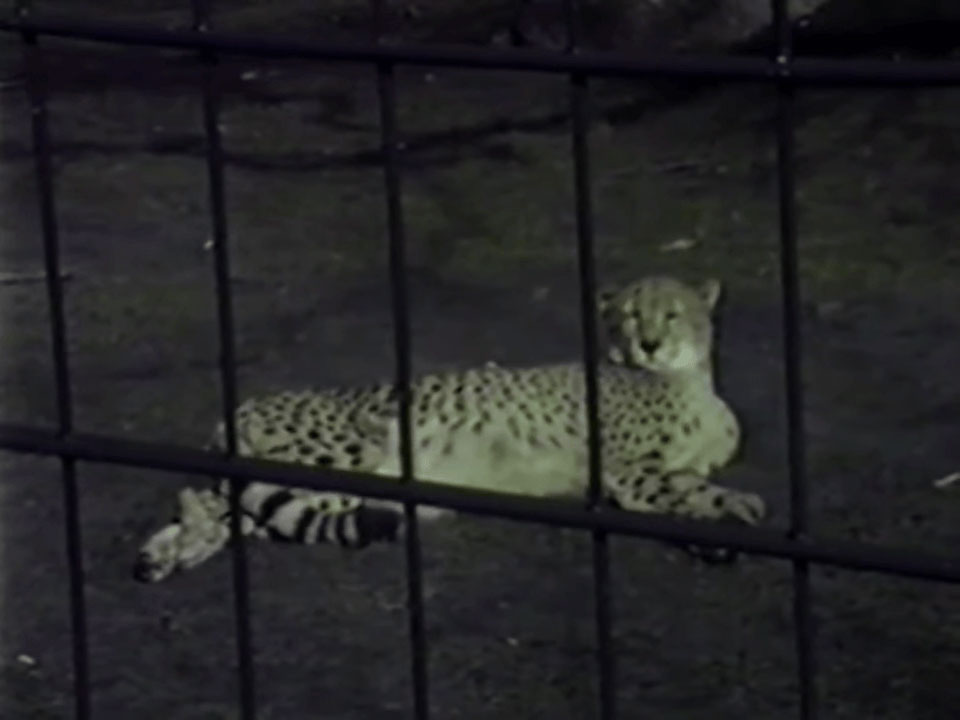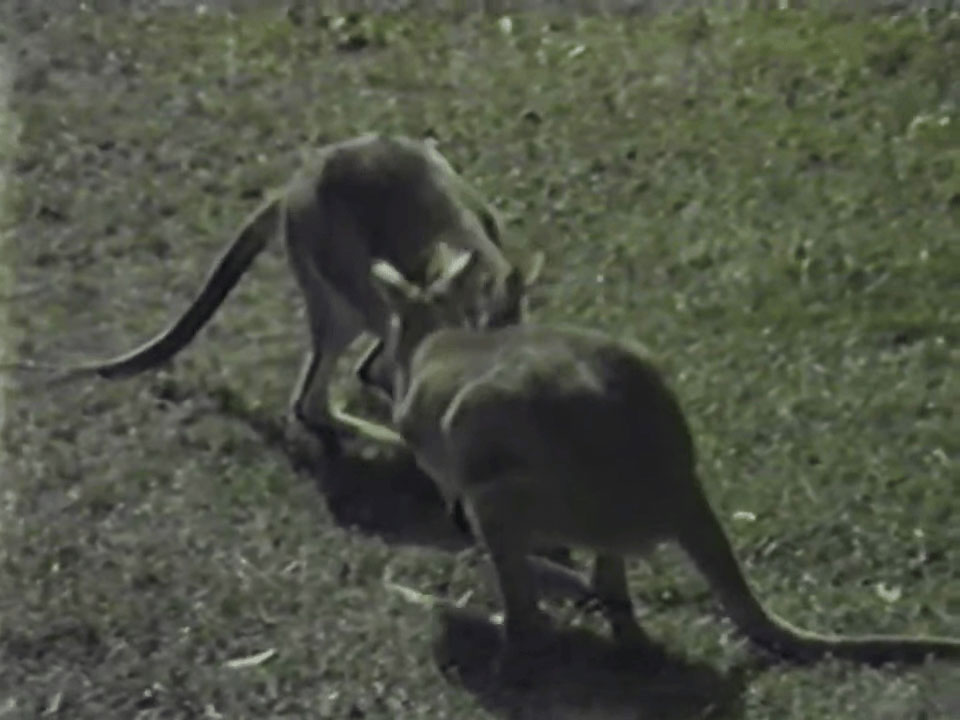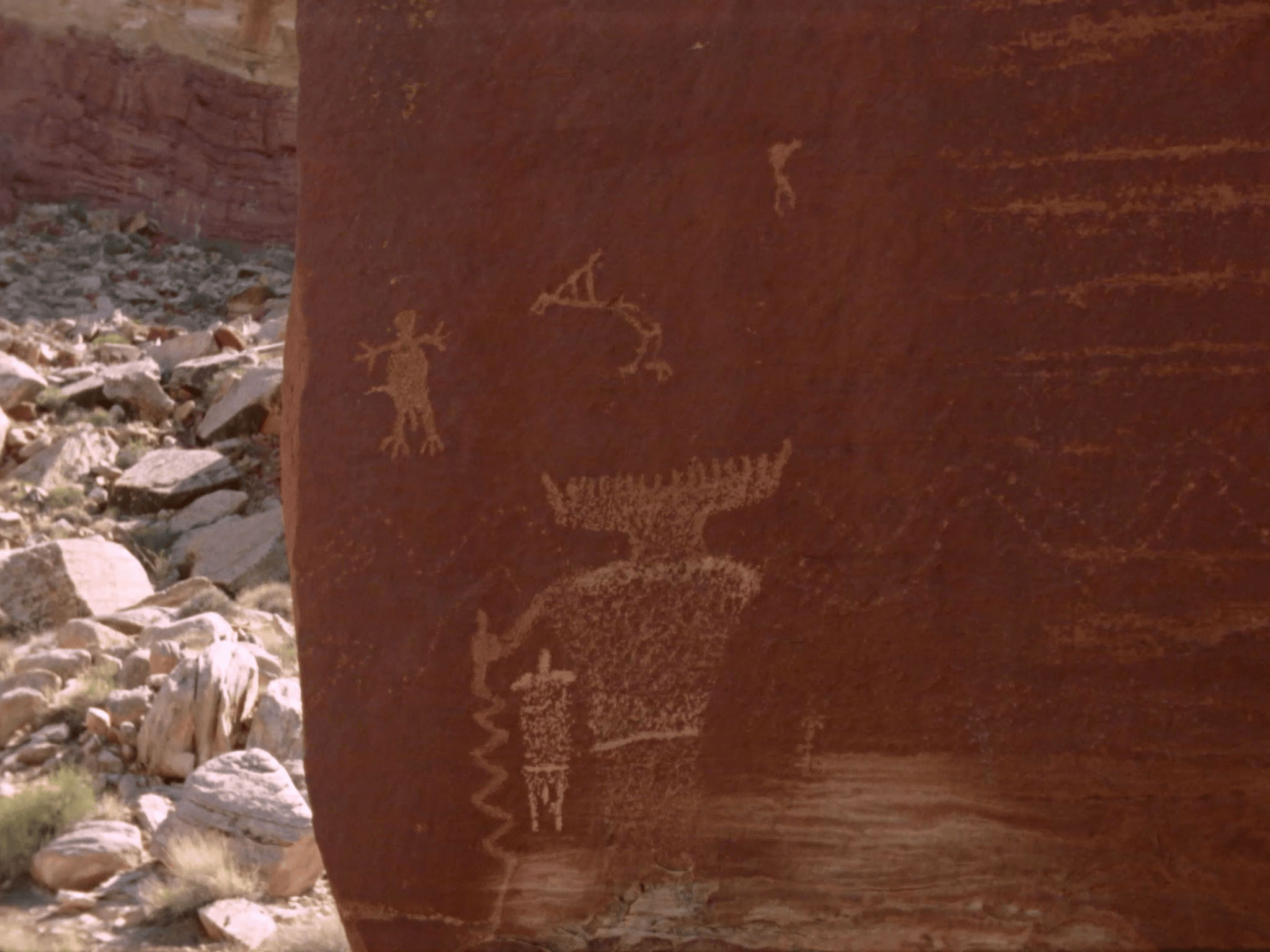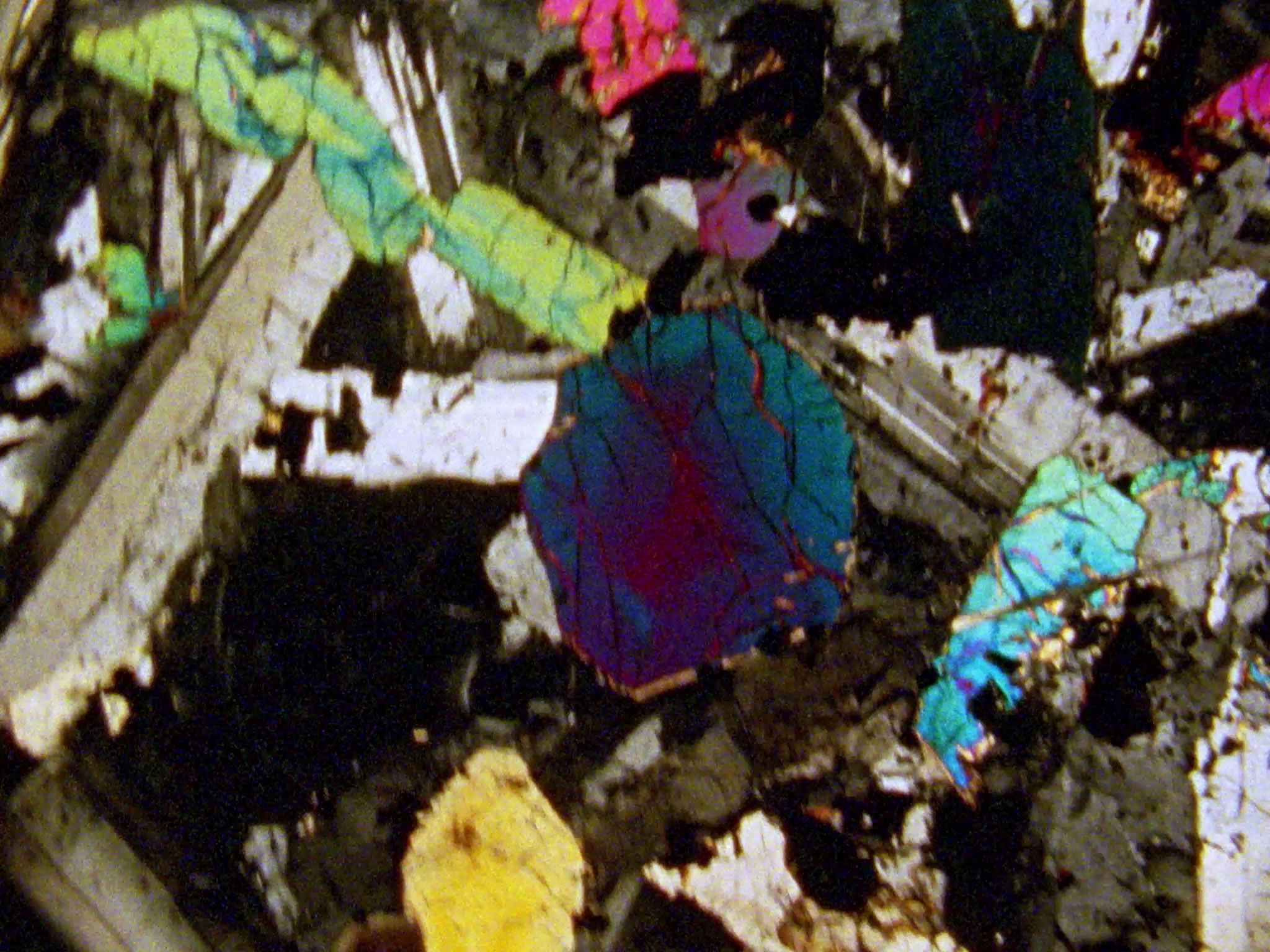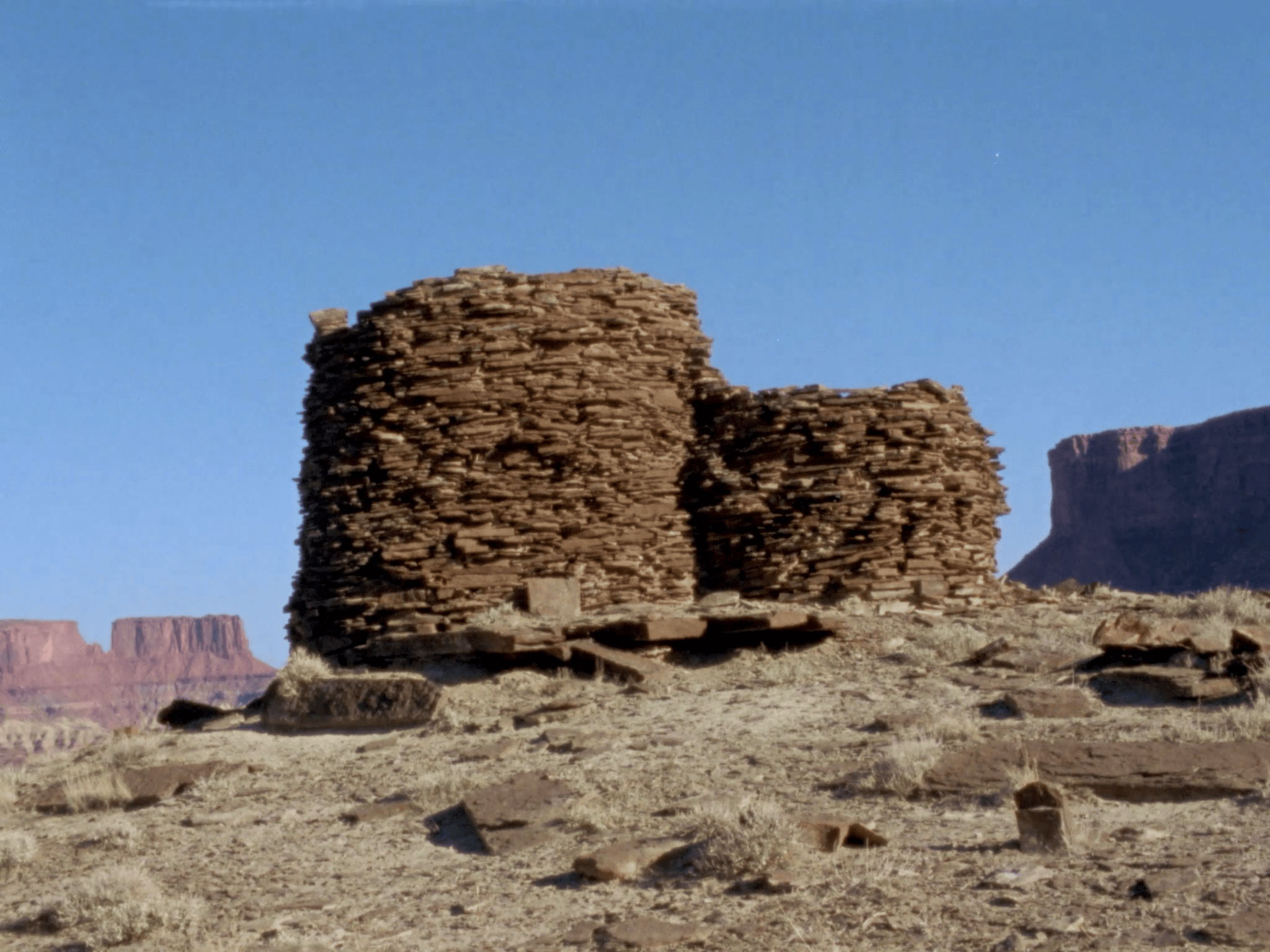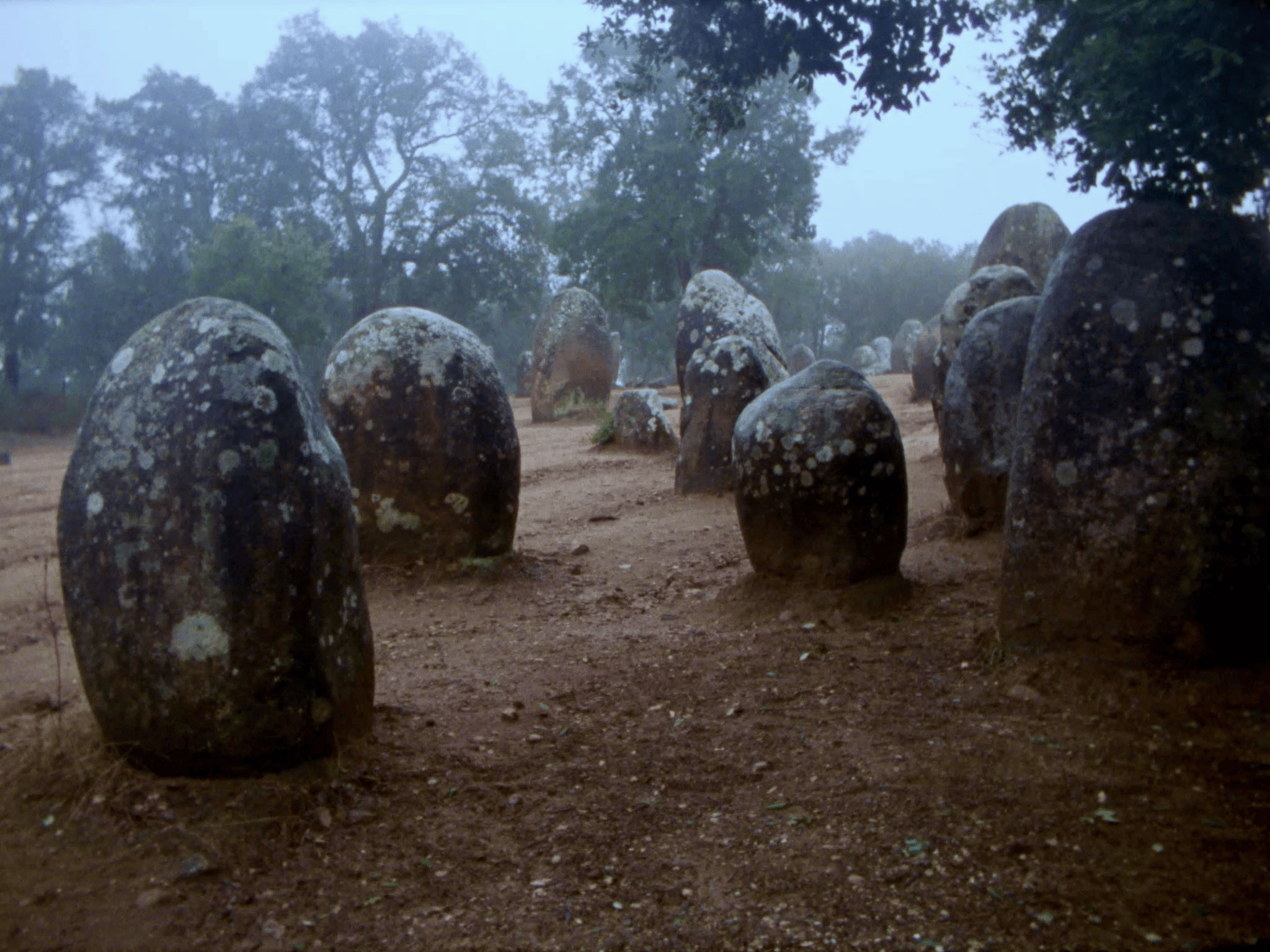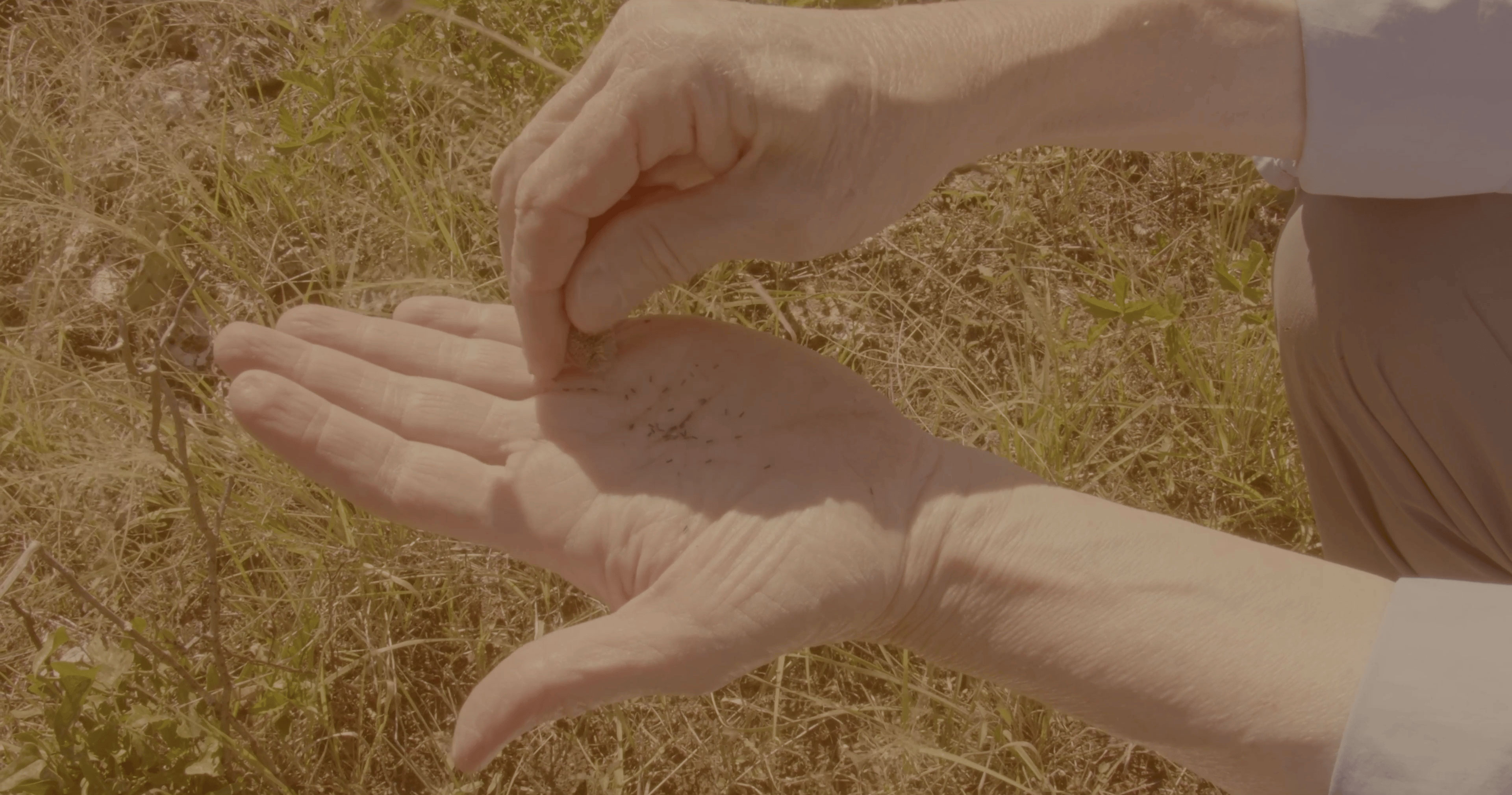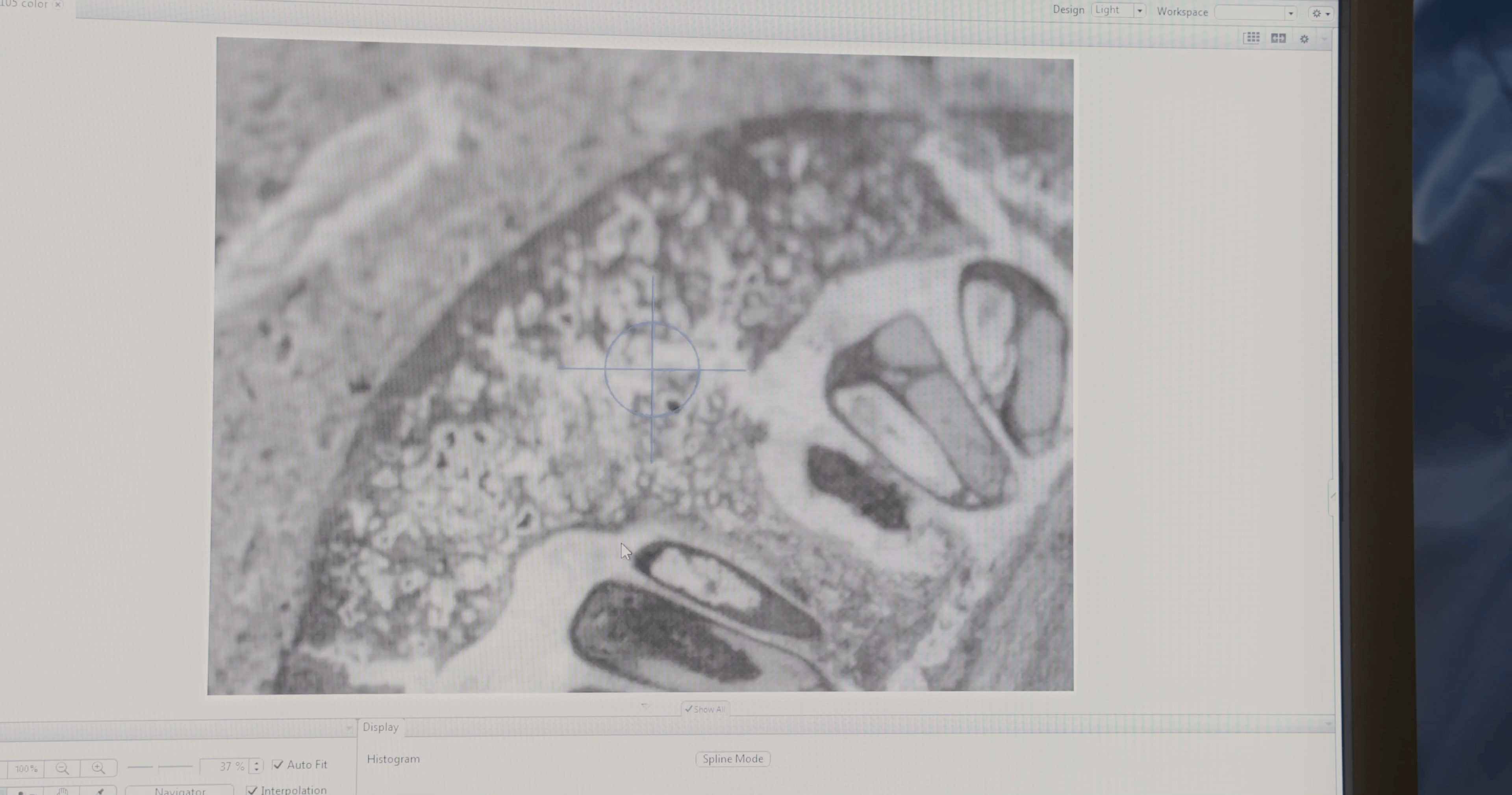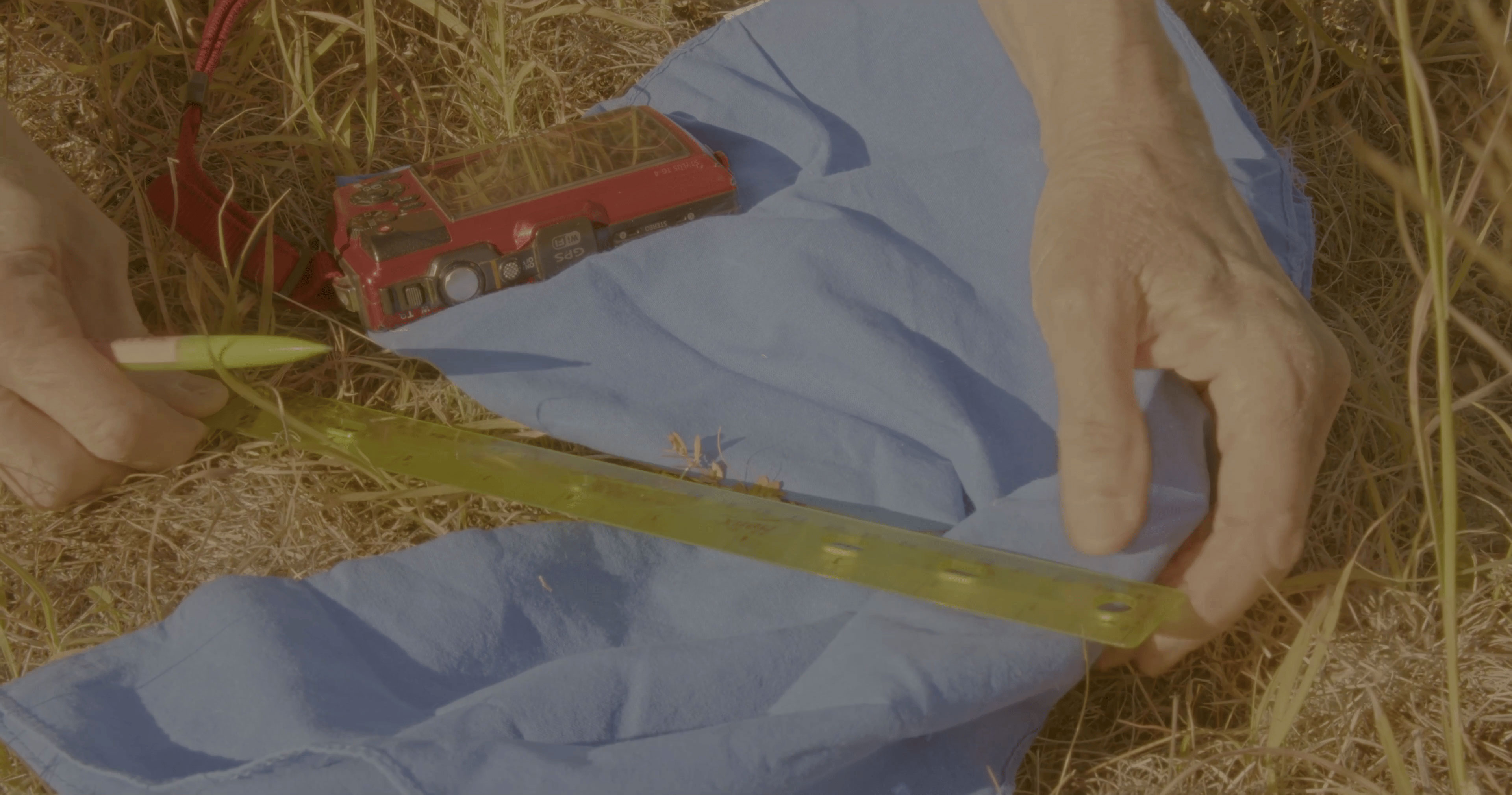April 12th
Camera Trap (2019)
Chris Chong Chan Fui
9:40
Camera Trap is a comparative installation using moving images a hundred years apart. The first half of the work looks at Muybridge as both animal and landscape photographer, compared with the second half which works with current animal camera/video traps from the rainforests of Sabah (Malaysian Borneo). A visual and aural comparison of domesticated versus wild animals. Staged shooting versus remote capture. Caged sounds from the zoo versus field recordings from the rainforests.
How does the way we use camera equipment on documenting animals then and now, tell us about what we are looking for through the lens?
Made in collaboration with Hutan-Kinabatangan Orang-Utan Conservation Programme based in Sabah, Malaysian Borneo, Camera Trap was produced with the support of the Smithsonian Institute fellowship and in association with the National Museum of Natural History, Washington D.C.
⠀
Primate Cinema: Apes as Family (2012)
Rachel Mayeri
11:27
Primate Cinema: Apes as Family is a drama made expressly for chimpanzees – and the chimps' reaction to its screening at the Edinburgh Zoo. Chimpanzees watch television as a form of enrichment in captivity. But no filmmaker had made a film for a specifically ape audience. Commissioned by Arts Catalyst, and supported with an art-science grant from the Wellcome Trust, the director, in consultation with primatologists, researched chimpanzees' reactions to a variety of television genres – Teletubbies, wildlife films, human actors playing chimp behavior, kettle drums, chimpanzee display behavior. Chimps seem to like to watch the same things as human primates – dramas around food, territory, social status, and sex.
In Apes as Family, the protagonist is a young female chimp, played by a human in an animatronic costume, whose facial expressions are controlled by puppeteers. The young female, like Dorothy in the Wizard of Oz, encounters strange males on an adventure, which eventually leads back "home". The drama is intercut with the chimps’ responses to the film when it premiered at the zoo. Chimps' were attentive to the film; some sat and watched, others attempted to touch or smell the characters, and other appeared to mimic the action on screen. The project was intended to create a prism for human beings to think about the inner world of chimpanzees. By watching a movie through chimps’ eyes, we can imagine what they think and feel. Chimps are, after all, our closest relatives. Known for their complex social, cognitive and emotional lives, they also share with us a fascination with cinema.
⠀
Marguerite Duras chez les fauves (Marguerite Duras in the Lions' Den) (1966)
Paul Seban
18:04
Duras, ever the challenging interviewer, forensically questions a Parisian zookeeper regarding the happiness of the animals in his charge. Intercut with her questions is stark black-and-white footage of the animals themselves behind bars, as they pace the length of their small concrete enclosures. Duras is very much on the side of the big cats. “Are you ever careless?” she asks the zookeeper. When he replies in the negative, Duras says smilingly: “In your position I’d be tempted to be careless."
⠀
Metro-Goldwyn-Mayer opening compilation (1921-1985)
N/A
00:12
MGM lion openings from 1921, 1925, 1935, 1941, 1961, 1982, and 1985. "Metro Goldwyn Mayer's roaring lion was the first 'non musical' sound to be copyright protected."
"The words voice and speech are usually used in connection with human beings. But many animals have a kind of speech of their own, and they use it for more purposes than people do. It is now known that animals use sounds not only for communicating with each other, but also for finding food and for navigation. There is much more to be found out about the wonderful sounds that animals make. Perhaps some day there may even be a means of speech communication between animals and people."
Via Lawrence Abu Hamdan via Max Stocklosa.
⠀
Starvation and airstrikes killed majority of the animals in Gaza zoo (2023)
Al Jazeera English
2:00
Reportage from Al Jazeera English on the Gaza Zoo amidst Israeli bombardments, including a brief interview with the (since killed) Palestinian poet Rifaat Al-Arair about the state of the animals. "Gaza’s Zoo was one of the many causalities of the intense bombardment of Gaza over the last month. The true extent of the damage is only being seen, now that the ceasefire is in place—but it is already too late to save most of the animals."
⠀
Zoo Piece (1991)
Chris Marker
2:48
"Zoo Piece" is the fifth and final entry of Chris Marker's Bestiary, a swift stream of brief experimental documentary shorts by Marker. While the other four films focused on one species of animal in particular, this film features several that Marker films at the zoo in an increasingly sad way. It judges the concept of a zoo, powerfully displaying animals locked in cages, but it also celebrates the zoo's way to provide the public with glimpses of many of Marker's favorite species as well as providing the animals with a mostly peaceful and safe habitat. It is neither pro or anti zoo necessarily, instead it is a little bit of both.
⠀
April 24th
Last Things (2023)
Deborah Stratman
50:00
Evolution and extinction from the point of view of rocks and various future others. The geo-biosphere is introduced as a place of evolutionary possibility, where humans disappear but life endures.
The project originated from two novellas of J.-H. Rosny, the joint pseudonym of the Belgian brothers Boex who wrote on natural, prehistoric and speculative subjects—sci fi before it was a genre. The film takes up their pluralist vision of evolution, where imagining prehistory is inseparable from envisioning the future. Also central are Roger Caillois’ writing on stones, Robert Hazen's theory of Mineral Evolution, Clarice Lispector’s Hour of the Star, the Symbiosis theory of Lynn Margulis, multi-species scenarios of Donna Haraway, Hazel Barton’s research on cave microbes and Marcia Bjørnerud’s thoughts on time literacy. In one way or another, these thinkers have all sought to displace humankind and human reason from the center of evolutionary processes. Passages from Rosny and interviews with Bjørnerud form the film's science-fictional / science-factual spine. Stones are its anchor. To touch stone is to meet alien duration. We trust stone as archive, but we may as well write on water. In the end, it’s particles that remain.
⠀
Online
A seed a deer a seed (2023)
Marianne Hoffmeister Castro
26:17
A seed a deer a seed is a short film that examines the conservation efforts at the Lady Bird Johnson Wildflower Center. Developed as part of a residency program at the Botanical Garden, the film threads together stories and modalities of care and management of local ecosystems while bringing forth the alliances and challenges between plant, animal and human communities. The project connects different imagery and visual registers such as the careful tactility of the vegetation surveys at the Center, nocturnal footage of animals in the area, archival material from the Herbarium, and fragments of conversations with the Wildflower’s volunteers, experts and the conservation botanist and seed bank curator Minette Marr. It also connects different institutions that represent different modes of care, preservation and management of plant communities through different timescales, such as the Billie L.Turnet Plant Resources Center and the Paleobotanical Collection at The University of Texas in Austin.
What are the ecological alliances that need to be sustained in time? How long can the land management efforts continue to preserve balance on the local ecosystems? Who decides who needs to keep on living or who needs to be eradicated? By formulating these questions throughout the film, A seed a deer a seed becomes a meeting place to reflect on the human impact on managed landscapes but also on the entanglements with vegetal lives and nonhuman animals as agents in these conservation efforts.



